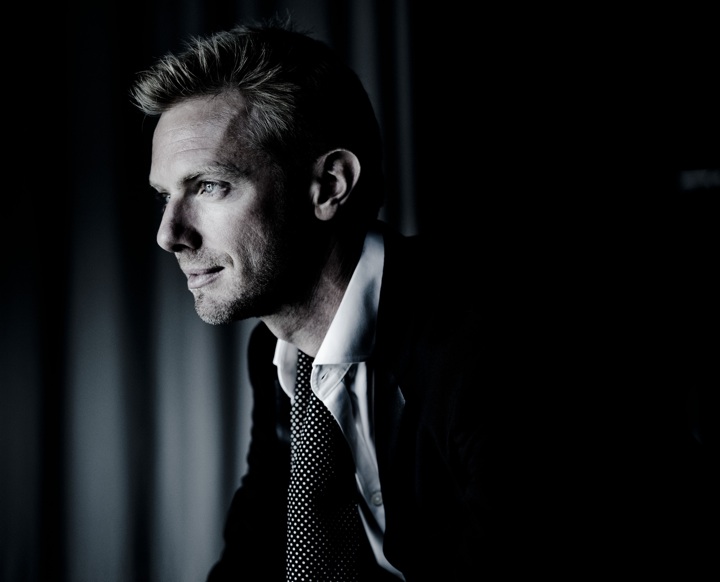An unexpected power in the South Bay…
This past Sunday, Nov. 6, Andrew Von Oeyen gave a piano recital at Kohl Mansion, a Burlingame mini-castle that hosts Mercy High School and rents its ornate halls on weekends for weddings. Its Great Room is also the long-time performance hall for Music at Kohl Mansion, a chamber music series that Executive Director Patricia Kristof Moy has turned into one of the Bay Area’s finest. In a departure from their usual format of quartets and other small ensembles, Sunday’s program was a solo recital by a young performer who is distinguished across the world’s stages.
It was also a revealing engagement with two composers: Franz Schubert, the short-lived toast of nineteenth century Vienna, and Maurice Ravel, the flower of French orchestration. Most of us would have been surprised at the program, with Schubert’s yearning tempered by his last year of struggling with death, and Ravel’s delicacy and piquant scales shredded by his bitter condemnation of war. Indeed, we found ourselves in a sea-change, with post-romanticism from a dying man and savagery from a cultured Frenchman.
That wider look was made more visible by Von Oeyen’s modern approach, full of impatience and angst, and highlighting the power and immediacy of the music. Opening with Schubert’s Sonata No. 20 in A Major, he sat down at a nine-foot long Steinway (a marvelous instrument on loan from ProPiano that positively sparkled) and attacked the keys straight away, and it sounded more like the curt Bartók than the profoundly romantic Schubert. One might say it was more of a vinegar and oil approach to something that could be all honey and Dijon.
As the Sonata developed, we could hear the impact of Beethoven on Schubert, with all of the elegant classicism, the endless variations and the sudden power that one associates with Beethoven. What was unexpected, however, was the delicate mourning of the Andantino, with its dreamy “staring into the campfire” sort of Gypsy reverie and the beginnings of its own chromatic language. There were sharp outbursts here, and a slow building to a storm, and then a return to passages that seemed nakedly private, and all played over an intense subtext of foreboding, as if Von Oeyen added his own demons to Schubert’s.
Then he moved forward almost a century to Ravel, warming our ear with sweet whole tone scales and jazz influences, and preparing us for a brilliantly caustic work. Ravel began to write La Valse as an homage to the Viennese Waltz, but he wrote it in 1920, when Europe was recovering from World War I. Known as the “Great War” and the “War to End All Wars,” this was a far cry from Mozart’s Age of Reason or Schubert’s Romanticism, coupling the horror of our own Civil War with the bestiality of the war-profit machine.
Ravel took his once-beloved waltz and twisted it into a technically daunting caricature. Von Oeyen’s high arched fingering and “mumbled” trills added a bitter edge that was more like Shostakovich than anything else written by a Frenchman described, like Debussy, as “impressionist.”
I don’t know if other audience members heard this as the death of romanticism, but it was a heart-in-mouth moment, and the entire audience jumped to their feet (and among the older population, even some to their walkers) to applaud fiercely.
After several bows, Von Oeyen encored with his own transcription of the “Meditation” from Massenet’s opera, Thais. This was a heartfelt beauty and left us sighing… even if it was the epitome of romanticism!
—Adam Broner
Photo of Andrew Van Oeyen by Marco Borggreve.
